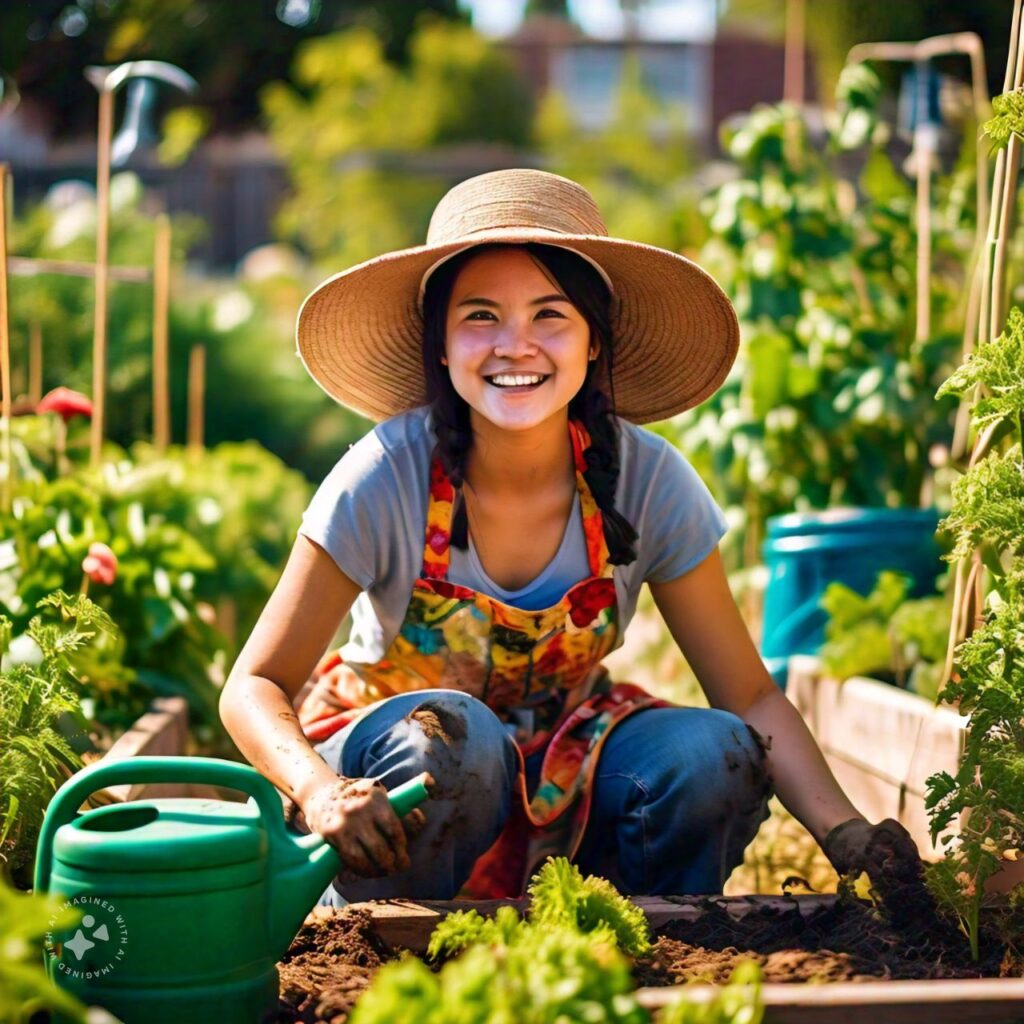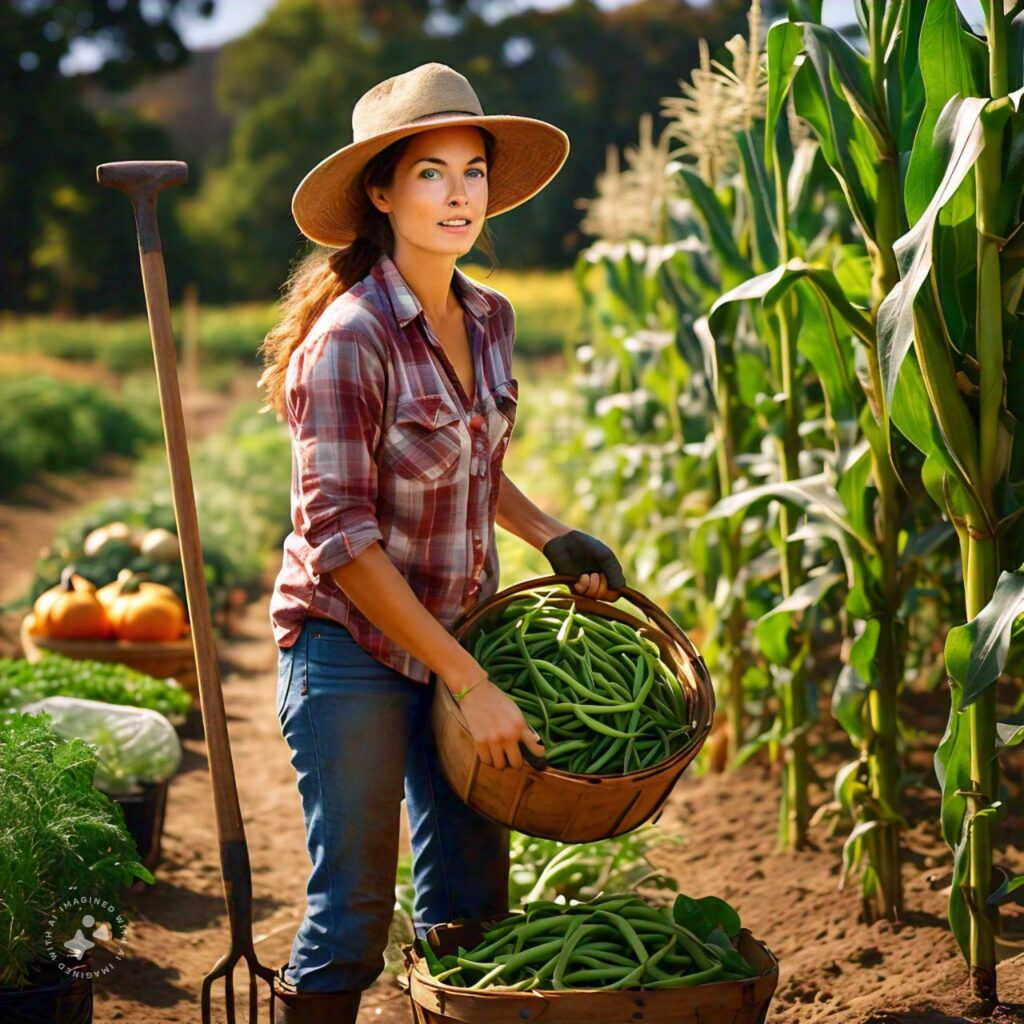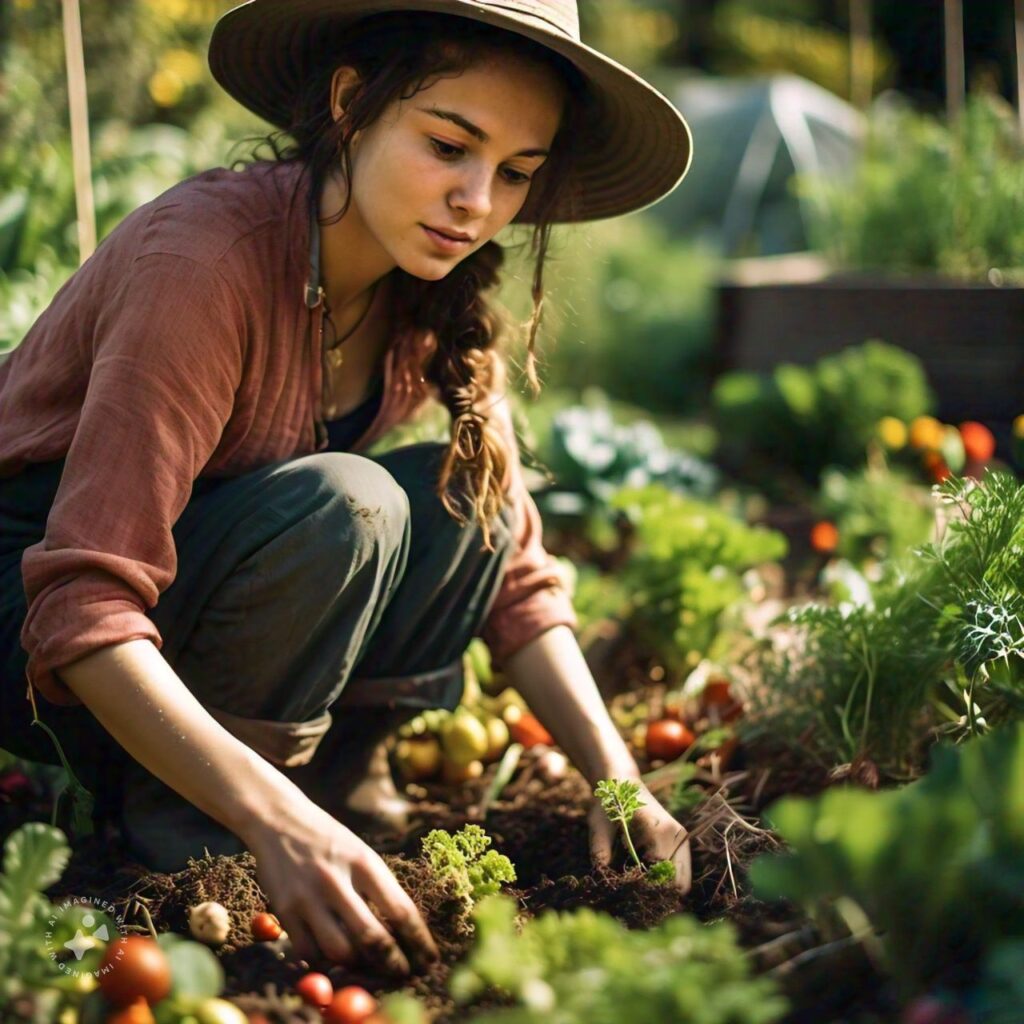A gardening fence is more than just a physical barrier; it plays a crucial role in the overall aesthetics and functionality of your outdoor space. Whether you’re looking to keep pests away, create a safe environment for pets, or simply enhance the look of your garden, the right fence can make a world of difference. In this comprehensive guide, we’ll explore everything you need to know about choosing the perfect gardening fence for your space.
Why You Need a Gardening Fence
A garden fence offers several key benefits, from protecting your plants to adding structure to your landscape. Here’s why investing in a high-quality fence should be at the top of your gardening checklist:
1. Protecting Your Plants
Gardens are vulnerable to a variety of threats, including wildlife, pets, and sometimes even neighbors. Installing a fence helps keep unwanted intruders out, ensuring that your plants are protected from damage.
2. Enhancing Privacy
If you value your privacy while spending time outdoors, a gardening fence can create a secluded, peaceful space. It blocks the view of neighbors or passersby, allowing you to enjoy your garden without disturbances.
3. Aesthetic Appeal
A well-chosen fence enhances the beauty of your garden. Whether you opt for a traditional wooden fence or a more modern design, it serves as a backdrop that highlights the plants and flowers in your garden.
4. Defining Boundaries
Installing a fence helps you define the boundaries of your property, which is particularly important in densely populated areas. It prevents disputes over where your garden begins and ends while giving a sense of order to your space.
5. Safety and Security
A fence ensures the safety of children and pets by preventing them from wandering off. It also deters unwanted visitors, adding a layer of security to your home and garden.
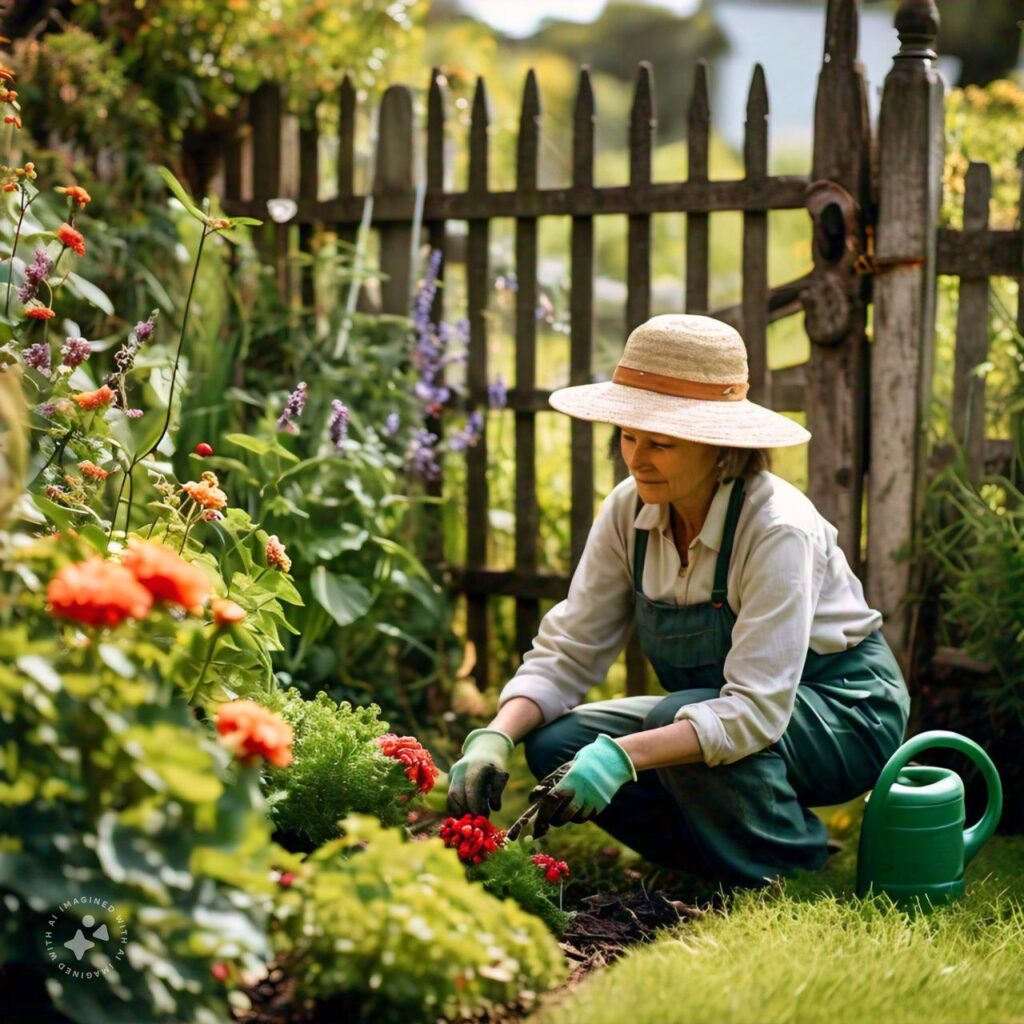
Types of Gardening Fences
There are several types of fences to consider for your garden, each with its own unique benefits. Let’s dive into the most popular types of gardening fences to help you make an informed decision.
1. Wooden Gardening Fences
Wooden fences are a classic choice for many gardeners. They offer a natural, rustic look that blends seamlessly with most garden designs.
Advantages of Wooden Fences
- Aesthetic Flexibility: Wood fences come in various styles, from traditional picket fences to more modern designs like horizontal slats.
- Customizable: They can be painted or stained to match your garden’s theme.
- Eco-Friendly: Wood is a renewable resource, making it an environmentally friendly option.
Disadvantages of Wooden Fences
- Maintenance: Wood requires regular upkeep to prevent rotting and weather damage.
- Cost: High-quality wood can be expensive, especially for larger gardens.
2. Vinyl Gardening Fences
Vinyl fences are gaining popularity due to their durability and low maintenance needs. They offer a clean, modern appearance.
Advantages of Vinyl Fences
- Durable: Vinyl is resistant to rot, pests, and weather conditions, making it a long-lasting option.
- Low Maintenance: Vinyl fences require minimal upkeep; occasional cleaning is all that’s needed.
- Variety: Available in a range of colors and styles.
Disadvantages of Vinyl Fences
- Cost: Vinyl can be more expensive upfront than other materials.
- Environmental Impact: Vinyl is not biodegradable, making it less eco-friendly compared to wood.
3. Metal Gardening Fences
For a more durable and secure option, metal fences are an excellent choice. These fences are commonly made of materials like wrought iron, aluminum, or steel.
Advantages of Metal Fences
- Durability: Metal fences are incredibly sturdy and can last for decades.
- Security: They provide excellent security and can be customized with spikes or other deterrents.
- Aesthetic Appeal: Wrought iron, in particular, offers a decorative, timeless look.
Disadvantages of Metal Fences
- Rust: Some metals may rust over time, requiring maintenance.
- Cost: Metal fences tend to be more expensive than wood or vinyl.
4. Bamboo Gardening Fences
If you’re looking for an eco-friendly and visually striking option, bamboo fences could be the perfect solution.
Advantages of Bamboo Fences
- Sustainable: Bamboo is one of the fastest-growing plants, making it a highly sustainable material.
- Unique Look: Bamboo fences provide a natural, exotic feel to your garden.
- Lightweight: They are easy to install and move if necessary.
Disadvantages of Bamboo Fences
- Durability: Bamboo fences are not as durable as metal or vinyl and may need replacing after a few years.
- Maintenance: Like wood, bamboo can weather over time and may need treatment to maintain its appearance.
5. Chain-Link Gardening Fences
While not the most visually appealing, chain-link fences are a practical option for those looking for functionality on a budget.
Advantages of Chain-Link Fences
- Affordable: Chain-link fences are one of the most cost-effective options available.
- Durable: They are resistant to weather and wear, making them a good choice for long-term use.
- Low Maintenance: Requires very little upkeep beyond occasional cleaning.
Disadvantages of Chain-Link Fences
- Lack of Privacy: Chain-link fences are see-through, offering little privacy unless covered with vines or mesh.
- Aesthetic Appeal: They are often seen as less attractive compared to other options.
Key Factors to Consider When Choosing a Gardening Fence
Now that you’re familiar with the types of gardening fences, it’s important to consider the factors that will help you choose the best option for your garden.
1. Budget
Your budget will play a significant role in determining the type of fence you can afford. Wood and vinyl fences are often more expensive, while chain-link and bamboo are more budget-friendly.
2. Climate
The weather conditions in your area should influence your choice. Wooden fences may not fare well in rainy climates, while metal fences can rust in humid environments. Vinyl and bamboo are generally more resistant to various weather conditions.
3. Purpose of Gardening Fence
Consider the primary function of your fence. If privacy is your top priority, a tall wooden or vinyl fence is ideal. If you’re more concerned with keeping pests out, a shorter metal or chain-link fence may suffice.
4. Maintenance
How much time and effort are you willing to put into maintaining your fence? Wooden and bamboo fences require regular upkeep, while vinyl and chain-link fences are more low-maintenance options.
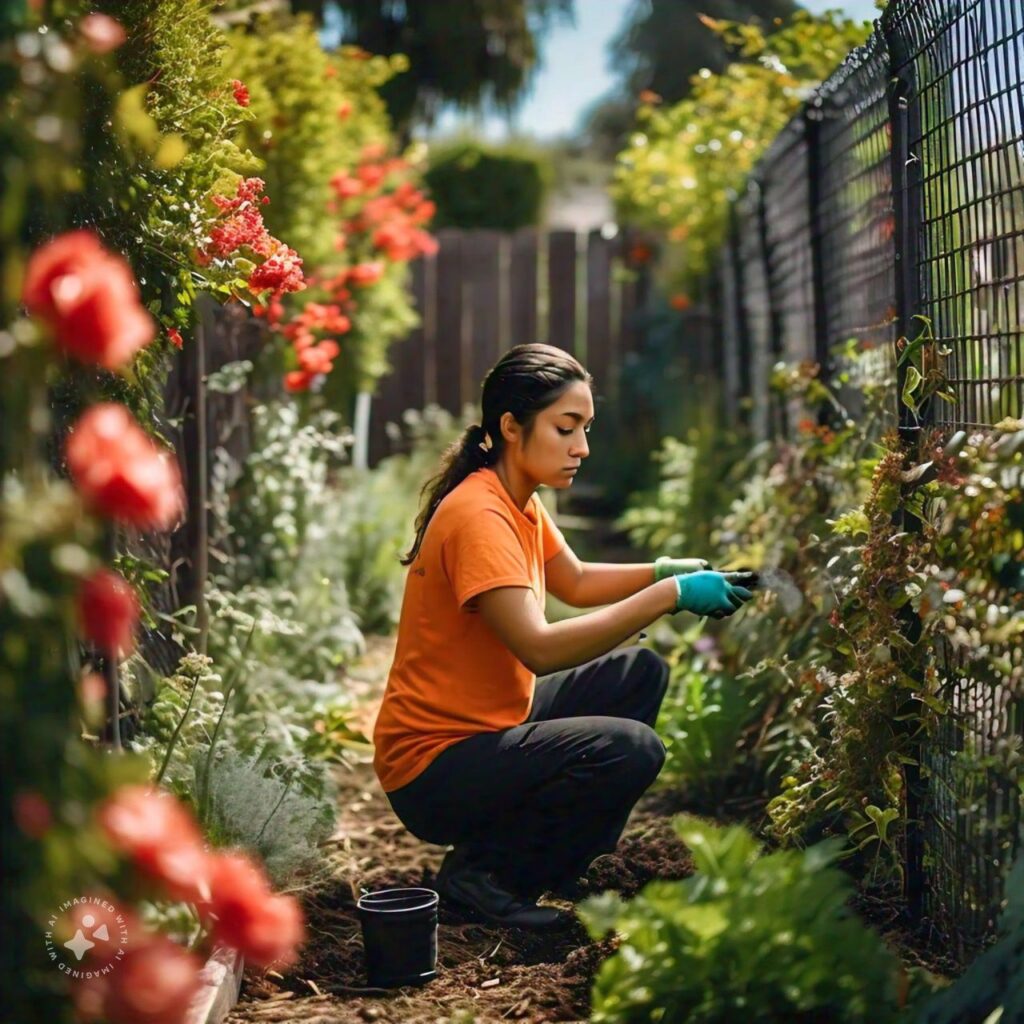
How to Install a Gardening Fence
Once you’ve chosen your gardening fence, installation is the next step. While hiring professionals is always an option, many homeowners prefer the DIY route.
1. Measure the Area
Accurately measure the perimeter of your garden where you plan to install the fence. This will help you determine how much material you’ll need.
2. Gather Materials
Purchase the necessary materials, including fence panels, posts, nails, or screws, depending on the type of fence you’re installing.
3. Dig Post Holes
For most fences, you’ll need to dig post holes around the perimeter. The depth and spacing of these holes will vary depending on the type of fence you choose.
4. Secure the Posts
Place the fence posts into the holes and fill them with concrete or soil, ensuring they are level.
5. Attach the Panels
Once the posts are secure, attach the fence panels to the posts using screws, nails, or brackets.
6. Add Finishing Touches
Finally, make any necessary adjustments and add finishing touches like paint, stain, or decorative elements.
Conclusion
Choosing the perfect gardening fence requires careful consideration of your budget, climate, and the purpose of the fence. Whether you’re looking for privacy, security, or aesthetic appeal, there’s a wide variety of fencing materials and styles to suit your needs. Take your time to weigh the options and select a fence that will enhance both the functionality and beauty of your garden for years to come.

